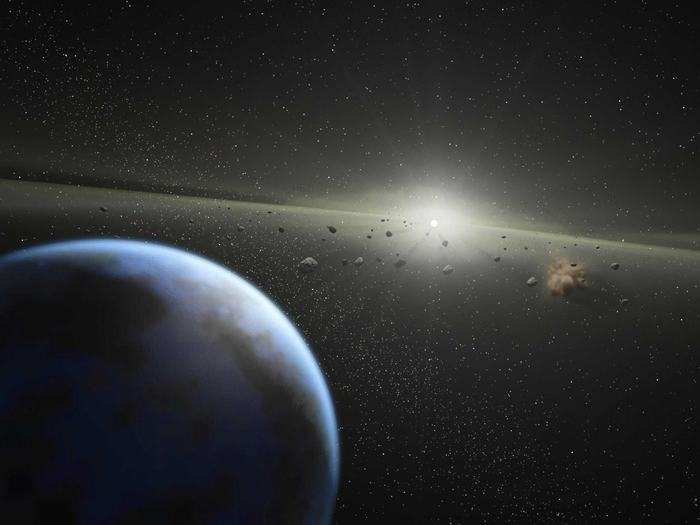






Source: Tech Insider

Sources: Tech Insider, The Telegraph


http://www.youtube.com/embed/dpmXyJrs7iU?rel=0
Width: 800px
Height: 450px






Source: JPL


Source: NASA JPL







Source: Discovery.com




Source: NASA

Source: Daily Mail



Source: NASA JPL

Source: NSS
 5 schools in Delhi, 1 in Noida receive bomb threats, searches underway
5 schools in Delhi, 1 in Noida receive bomb threats, searches underway
 Five Olympic 2024 quotas for Indian badminton players
Five Olympic 2024 quotas for Indian badminton players
 127-year-old Godrej Group splits conglomerate between family
127-year-old Godrej Group splits conglomerate between family

Copyright © 2024. Times Internet Limited. All rights reserved.For reprint rights. Times Syndication Service.